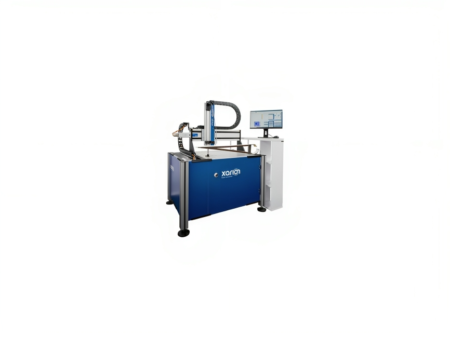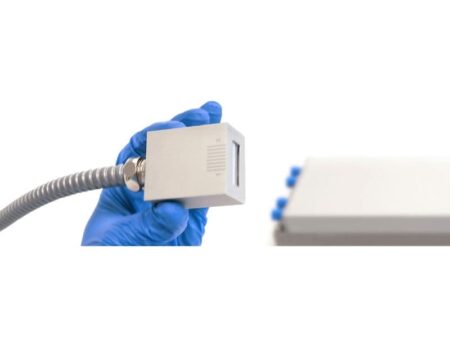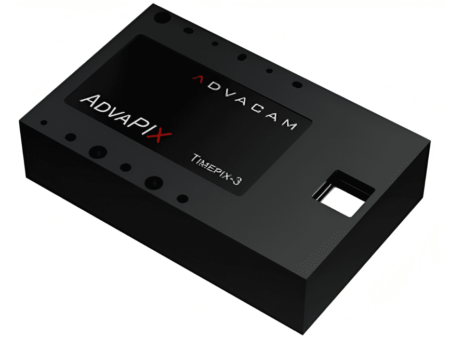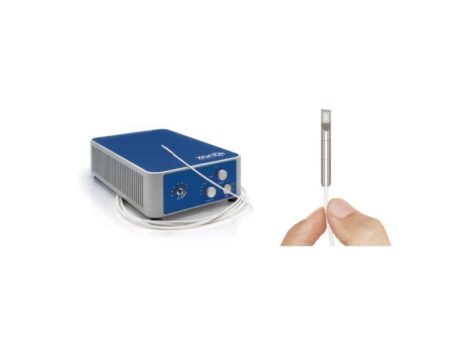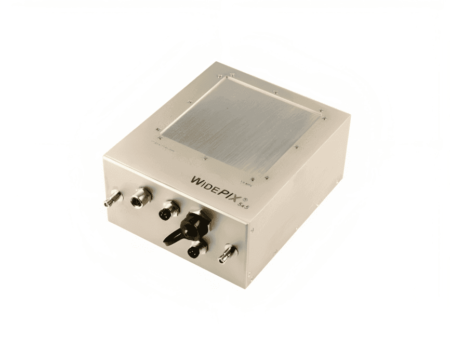Applications
Non-Destructive Testing

ADVACAM’s X-ray digital radiography imaging detectors are an ideal solution for many Non-Destructive Testing (NDT) applications. The photon counting detectors provide improved sensitivity, spatial resolution, contrast and signal-to-noise ratio. The broad range of detectable X-ray energy starting from 5 keV up to hundreds of keV or even MeV let the detectors capture from very light composite materials up to thick welded parts.
In addition, the energy discrimination helps suppress the scattered radiation and improving the contrast of measured images. NDT specialists and service providing companies can extend the portfolio of customers by those whose products could not be inspected by X-ray radiography in the past. Our new X-ray imaging technologies are useful for inspecting composite materials in the aerospace industry.
X-ray Diffraction

X-ray diffraction is analytical method based on inspection of crystalline structure of samples used in applications, such as metallurgy, mineralogy, powders, pigments, polymers, surface layers and strain mapping. The traditional X-ray diffraction uses monochromatic X-rays which make the apparatus large and slow.
ADVACAM’s spectral detectors based on Timepix3 chip with high resolution makes the diffraction system fast and compact. The sample analysis can be performed 100 times faster compared to the conventional systems. Due to fast speed of the analysis large areas of the sample can be analysed by scanning.
Authentication of art

Study and characterization of art pieces, namely paintings, using X-ray imaging is becoming an increasingly important area. It is useful for galleries, museums and collectors to improve conservation and preservation methods. It is important for art buyers to reliably authenticate the works. The advanced X-ray imaging techniques provide detailed data for insurance companies to assess risks involved in transportation of art.
The spectral imaging capability of Advacam’s detectors enables identification of different pigments based on their spectral responses. A “colour” X-ray image is then created where the colours are associated to different pigments identified in the painting. The recognition of pigments even in invisible lower layers can serve as an important clue in the process of art authentication.







